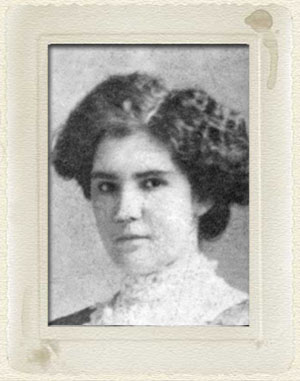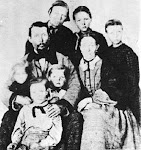2.04.2010
(62) Brief description of Orderville United Order
A sketch written by Leonard Arrington gives a brief description of the town, and of the Orderville United Order (O.U.O.), and also the first settlers, as follows:
“One of the most enduring of these United Orders was established at Orderville Utah, in 1875. Lasting for more than a decade, this semi-successful U.O. was one of the few which attempted a communal mode of living . . . The first settlers of Orderville were uniquely trained in the type of disciplined cooperation required for a successful United Order . . .
“While some of the settlers cut a canal and planted three hundred homesteaded acres to wheat, corn, oats, barley, potatoes, sugar cane, alfalfa, garden, and orchard, others surveyed the land and laid out a town-site thirty rods square. In July, 1875, the settlers incorporated as the United Order of Orderville. All of their economic property, both real and personal, was deeded to the community corporation . . . All of the property was clear of indebtedness . . .
“There was to be no private property. No man could say this is mine. The property was ‘the Lord’s, and was to be used for the advancement of the Order and the Church. However, each person was made steward over such personal effects as clothing, books, feather beds and jewelry.
“Each family was to have (but not own) a separate home, and these were to consist principally of one-and two-room apartment house units or ‘shanties,’ joined together in a semi-fort arrangement around a town square. The typical shanty had a living room 12 feet square and an adjoining bedroom 8 by 12 feet. Between the rows of shanties a community dining hall and other public buildings were to be constructed. Shops and factories were to be located outside of the residence block . . .”83
Both men and women, it seemed, were assigned to work at the particular kind of labor which each was skilled at, or to fill a current need, or perhaps to something which he or she chose.
83- Leonard Arrington, History of Orderville United Order
Subscribe to:
Post Comments (Atom)
Contributors

Lucile Brubaker (and her mother Lenna Cox Wilcock) are also contributing to this blog.





No comments:
Post a Comment